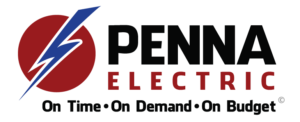Proper lighting is key to operating a safe and efficient warehouse. Old, outdated fixtures, as well as harsh lighting can cause fatigue, eye strain, as well as distractedness, which all lower productivity. LED warehouse lighting can not only address these issues, but it can help improve visibility.
The high-pressure sodium warehouse lights, as well as Metal Halide, use 4 to 5 times more electricity. On top of that, they require more maintenance, and they don’t function properly with motion sensors or dimming technology. LED warehouse lighting can save you up to 75% energy and provide improved light quality.
Penna Electric has great experience in lighting warehouses and our commercial electricians know that this can be a daunting process, whether it’s a new construction or a facility retrofit. We’re here to help every step of the way.






